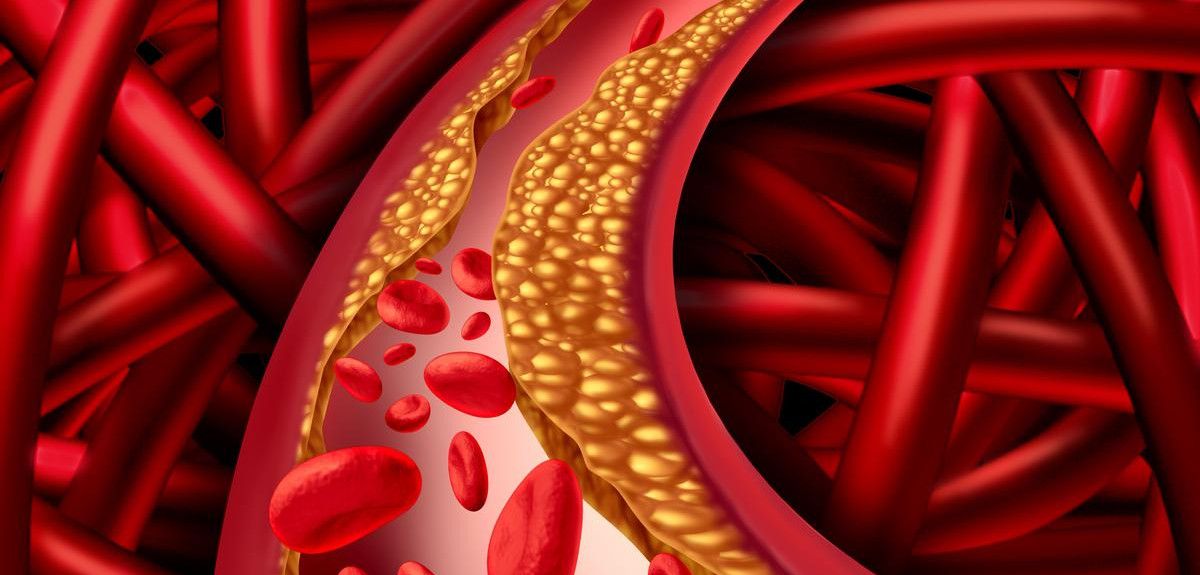
Image credit: Lightspring/ Shutterstock
Oxford scientists to investigate new test to prevent stroke
Scientists at the University of Oxford will investigate a new way to identify people who might be at high risk of stroke. Dr Luca Biasiolli at the university has been backed by the British Heart Foundation to study whether a new MRI scanning technique could be used to spot the potentially dangerous plaques that cause stroke.
A stroke happens when the blood supply to part of your brain is cut off. Most occur as a consequence of plaque – a condition called atherosclerosis – building up in arteries in the neck. If a piece of this plaque breaks off, it can lead to a clot forming in the brain and cause a stroke.
If successful, this new test will provide doctors with a better tool for making decisions about treatments that could save someone’s life.
Dr Luca Biasiolli, University of Oxford Centre for Clinical Magnetic Resonance Research
In the UK there are around 240,000 hospital episodes attributed to stroke every year, causing around 40,000 deaths.
Plaque in the neck arteries is common, but the ones most likely to rupture have a large amount of cholesterol at their core. Doctors can try and identify them using an MRI scanner, a machine which uses magnetic fields and radio waves to produce detailed images in the body. But the current method is complicated to administer and provides results which are difficult to interpret.
Dr Biasiolli's research will now test if a new type of MRI scan offers a more accurate and easier way of identifying the most dangerous build-ups.
Dr Luca Biasiolli said: 'Stroke is a major cause of death and disability, so it’s important we try to find those who are at highest risk.
'If successful, this new test will provide doctors with a better tool for making decisions about treatments that could save someone’s life. It would mean they could act early against plaques at risk of causing strokes, but also help people avoid unnecessary operations on ones that were less dangerous.'
Professor Jeremy Pearson, Associate Medical Director at the BHF, said: 'This new method of identifying dangerous plaques could be of great benefit to doctors allowing them to target treatment on those most at risk of a stroke.
'Funding research like this is crucial to saving lives. We’re only able to do that because of the public’s generosity. It’s through their continued support that we will be able to make future breakthroughs in the treatment, prevention and cure of heart disease.'
 New Year Honours 2026
New Year Honours 2026
 New study estimates NHS England spends 3% of its primary and secondary care budget on the health impacts of temperature
New study estimates NHS England spends 3% of its primary and secondary care budget on the health impacts of temperature
 International collaboration launches largest-ever therapeutics trial for patients hospitalised with dengue
International collaboration launches largest-ever therapeutics trial for patients hospitalised with dengue
 Oxford-built multi-agent assistant for cancer care to be piloted in collaboration with Microsoft
Oxford-built multi-agent assistant for cancer care to be piloted in collaboration with Microsoft